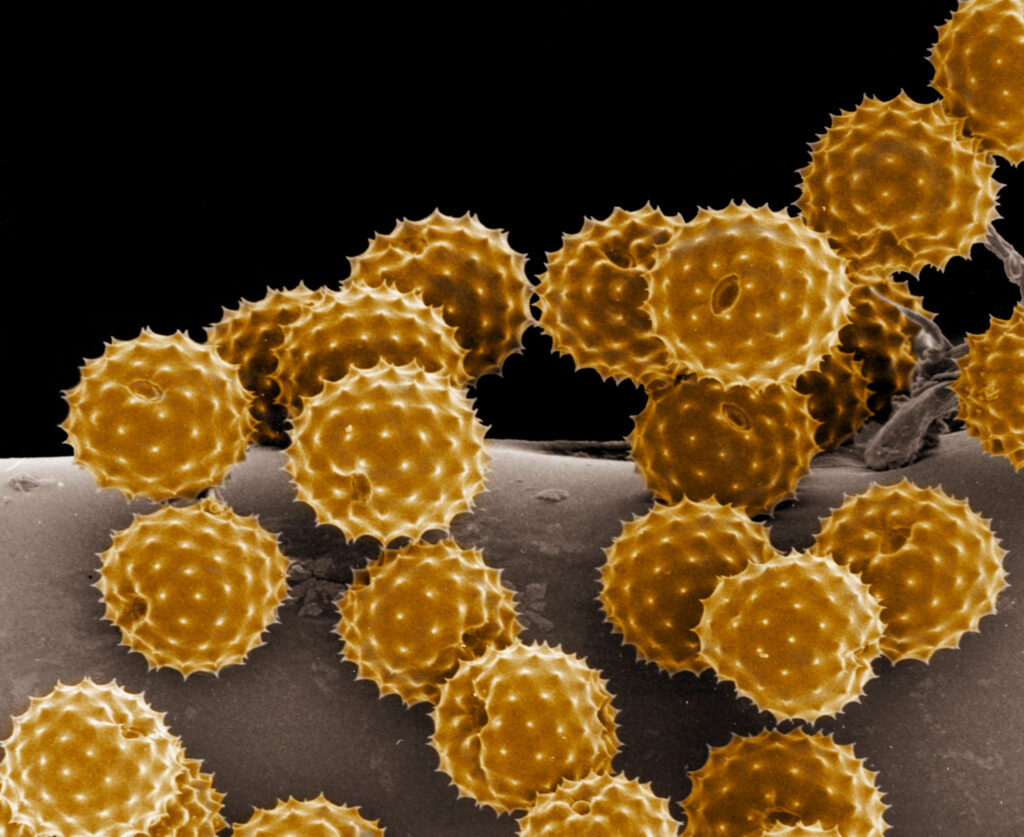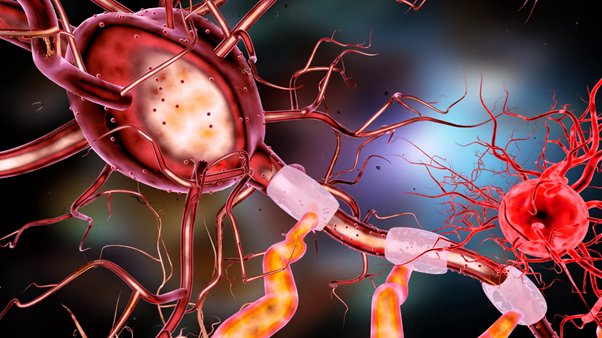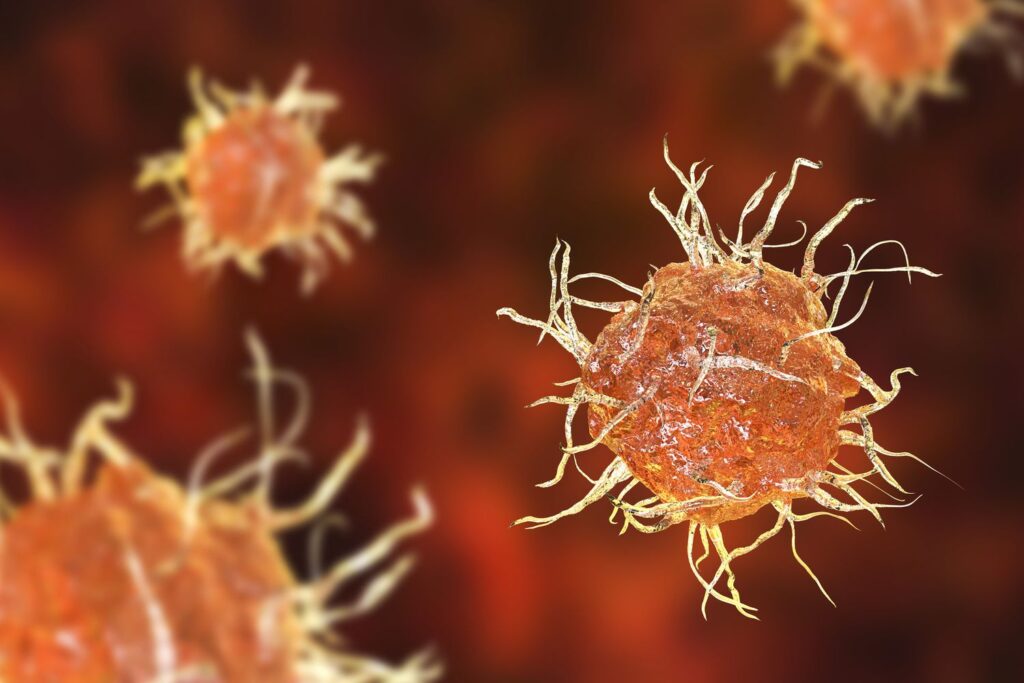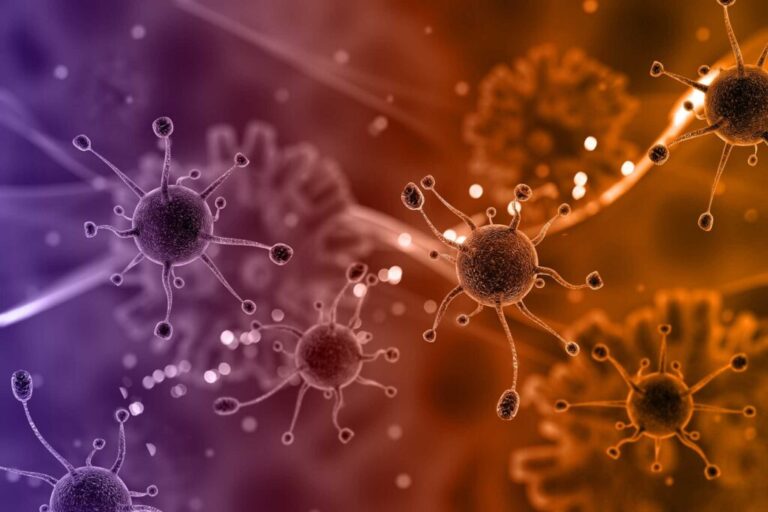The number of atoms in a cell can vary, but on average, a typical human cell contains around 100 trillion atoms. These atoms come together to form molecules, creating the intricate structures that enable cells to carry out essential functions. Elements such as carbon, hydrogen, oxygen, nitrogen, and others play key roles in this molecular dance.
The atomic composition of cells is fundamental to understanding the complexities of life at the microscopic level. It highlights the precision and harmony required for cells to function, emphasizing the remarkable nature of the building blocks that make up the foundation of life.
How do atoms shape cellular structures?

Atoms shape cellular structures by forming molecules like proteins, lipids, and nucleic acids. These molecules, built from carbon, hydrogen, oxygen, nitrogen, and other elements, come together to create the diverse components of cells, influencing their functions and overall structure.
Basic Cellular Components
Cells are the fundamental units of life, and they come in various shapes and sizes, each adapted to its specific function. Despite this diversity, all cells share common basic components that contribute to their structure and function.
Cell Membrane
The cell membrane, or plasma membrane, surrounds the cell and acts as a barrier, controlling the entry and exit of substances. It is primarily composed of lipids, proteins, and carbohydrates.
Cytoplasm
The cytoplasm is a semi-fluid matrix within the cell where organelles are suspended. It contains water, ions, and various organic molecules necessary for cellular processes.
Nucleus
In eukaryotic cells, the nucleus houses genetic material (DNA) and is crucial for controlling cellular activities. It is enclosed by a nuclear membrane with pores for the passage of molecules.
Organelles
Various organelles, such as mitochondria, endoplasmic reticulum, Golgi apparatus, and others, perform specialized functions within the cell. These organelles are membrane-bound and compartmentalize cellular activities.
Role of Atoms in Forming Cellular Structures
Now, let’s zoom in on the atomic level to understand how atoms contribute to the formation of cellular structures.
Carbon, Hydrogen, Oxygen, Nitrogen (CHON)
These four elements make up the majority of atoms in biomolecules. Carbon serves as the backbone for organic molecules, hydrogen, and oxygen are abundant in water and organic compounds, and nitrogen is crucial for proteins and nucleic acids.
Proteins
Proteins, essential for cell structure and function, are composed of amino acids. These amino acids contain carbon, hydrogen, oxygen, nitrogen, and sometimes sulfur. The unique sequence and arrangement of atoms in amino acids determine the structure and function of proteins.
Lipids
Lipids, including phospholipids in the cell membrane, consist of carbon, hydrogen, and oxygen. The arrangement of these atoms contributes to the hydrophobic and hydrophilic properties of lipids, influencing membrane structure.
Nucleic Acids
DNA and RNA, the genetic material of cells, are composed of nucleotides. These nucleotides contain carbon, hydrogen, oxygen, nitrogen, and phosphorus. The sequence of these atoms encodes genetic information.
Minerals and Ions
Atoms of various elements, such as calcium, potassium, and sodium, play vital roles as ions in cellular processes. They contribute to cell signaling, membrane potential, and structural stability.
How do atoms shape the foundation of life in cells?

Atoms build the foundation of life in cells by teaming up to create important molecules. These molecules, like DNA and proteins, are crucial for making cells work and keeping life going.
Atoms and Their Significance
Atoms are the fundamental units of matter, consisting of a nucleus containing protons and neutrons, surrounded by electrons. Their significance in cellular biology lies in their role as the elemental constituents of molecules. Atoms combine to form molecules that, in turn, construct the various components essential for cellular structure and function.
How Atoms Come Together to Form Molecules
The interaction of atoms is governed by chemical bonds. Covalent bonds involve the sharing of electrons, while ionic bonds result from the transfer of electrons between atoms. These bonds allow atoms to come together, creating a diverse array of molecules within cells.
Covalent Bonds
In covalent bonds, atoms share electrons, forming stable molecular structures. For instance, carbon atoms can form multiple covalent bonds, creating the complex organic molecules that serve as the backbone of cellular components.
Ionic Bonds
Ionic bonds involve the transfer of electrons between atoms, resulting in the formation of charged ions. This type of bonding is crucial in the assembly of molecules such as salts, which play roles in cellular processes like ion transport.
Hydrogen Bonds
Hydrogen bonds, weaker than covalent bonds, contribute to the three-dimensional structure of molecules like proteins and DNA. These bonds are essential for maintaining the shape and function of these biomolecules.
Van der Waals Forces
Van der Waals forces, arising from temporary fluctuations in electron distribution, also play a role in molecular interactions, contributing to the overall stability of cellular structures.
Importance of Molecular Structures in Cellular Functions
The specific arrangement of atoms in molecules determines their properties and functions. This molecular architecture is crucial for the diverse functions carried out by cells.
Proteins
The precise sequence of amino acids, each containing specific atoms, dictates the structure and function of proteins. Proteins are involved in various cellular processes, acting as enzymes, structural elements, and signaling molecules.
Nucleic Acids
DNA and RNA, composed of nucleotides, store and transmit genetic information. The sequence of atoms in nucleotides is critical for the coding of genetic instructions and the synthesis of proteins.
Lipids
The arrangement of atoms in lipids, including phospholipids, influences their role in forming cell membranes. Membranes, with their specific lipid composition, regulate the passage of molecules into and out of cells.
Carbohydrates
Carbohydrates, composed of carbon, hydrogen, and oxygen, serve as energy sources and structural components in cells. The arrangement of atoms in carbohydrates determines their function, whether it be energy storage or cell recognition.
How Many Atoms In a Typical Cell?
While the precise number of atoms in a cell can vary widely, a comprehensive exploration reveals a staggering degree of complexity.
On the order of magnitude, a typical human cell is estimated to contain around 10^14 atoms. This includes atoms of carbon, hydrogen, oxygen, nitrogen, phosphorus, sulfur, and trace elements, each playing distinct roles in forming the myriad molecules that constitute cellular structures.
Carbon
Carbon atoms are particularly abundant in organic molecules such as carbohydrates, lipids, proteins, and nucleic acids. The versatility of carbon in forming covalent bonds contributes to the diversity of cellular compounds.
Hydrogen and Oxygen
Hydrogen and oxygen atoms are prevalent in water molecules, which make up a significant portion of the cell’s environment. Additionally, they are crucial components of biomolecules like proteins and nucleic acids.
Nitrogen
Nitrogen atoms are essential in the structure of amino acids, the building blocks of proteins, and are also integral to the composition of nucleic acids, including DNA and RNA.
Phosphorus
Phosphorus atoms play a key role in the structure of nucleic acids (DNA and RNA), as well as in the energy-carrying molecule ATP (adenosine triphosphate).
Factors Influencing Variations in Atom Count Among Cells

Several factors contribute to variations in the number of atoms among different cell types and even within the same type of cell.
Cell Size and Type: Larger cells generally contain more atoms due to their increased volume and the need for additional biomolecules to support cellular functions. Specialized cells, tailored to specific functions, may also have unique atomic compositions.
Metabolic Activity: Cells with higher metabolic rates may require more atoms to support the production of energy, enzymes, and other molecules involved in cellular processes.
Cellular State and Function: The state of a cell, whether it’s actively dividing, differentiating, or performing a specialized function, influences its atomic composition. For example, a muscle cell might have a different atom count than a nerve cell due to their distinct roles.
Environmental Factors: The availability of nutrients and environmental conditions can impact the types and quantities of atoms a cell incorporates into its structures. Cells adapt their composition based on the resources available.
FAQ
How many atoms does a human have?
A human typically consists of approximately 7 octillion atoms, forming the complex molecular structures that compose tissues, organs, and biological systems.
How many atoms does a simple cell have?
The number of atoms in a simple cell can vary, but on average, it contains around 100 trillion atoms, contributing to the cell’s structural and functional integrity.
How many molecules are in a cell?
A cell contains an immense variety of molecules, ranging from proteins and lipids to nucleic acids. The precise count of molecules depends on the cell type and its functions.
How many atoms are in Earth?
Earth is estimated to contain around 1.33 x 10^50 atoms, encompassing a vast array of elements that make up its geological and biological compositions.
Do cells contain atoms?
Yes, cells are comprised of atoms. These fundamental building blocks come together to form molecules, structures, and components within the cell.
How many atoms are in DNA?
A single molecule of DNA consists of millions to billions of atoms. The exact count depends on the length and sequence of the DNA strand.
How big is an atom?
Atoms are incredibly small, with typical sizes on the order of angstroms (10^-10 meters). Their minuscule size is a fundamental characteristic that defines the microscopic world.
How small is an atom?
Atoms are extraordinarily tiny, with diameters ranging from 0.1 to 0.5 nanometers, making them challenging to observe directly due to their scale at the atomic level.
Final words
To sum it up, cells, with their approximately 100 trillion atoms, present a fascinating microscopic spectacle. These atoms collaborate to build molecules, constructing the detailed structures that power cellular activities. Grasping the quantity of atoms in a cell unveils the intricate design at the heart of life. This insight into the atomic dance enhances our appreciation for the marvels within our own bodies. In the minutest details, cells showcase a captivating symphony, emphasizing the extraordinary plan that governs our existence.

